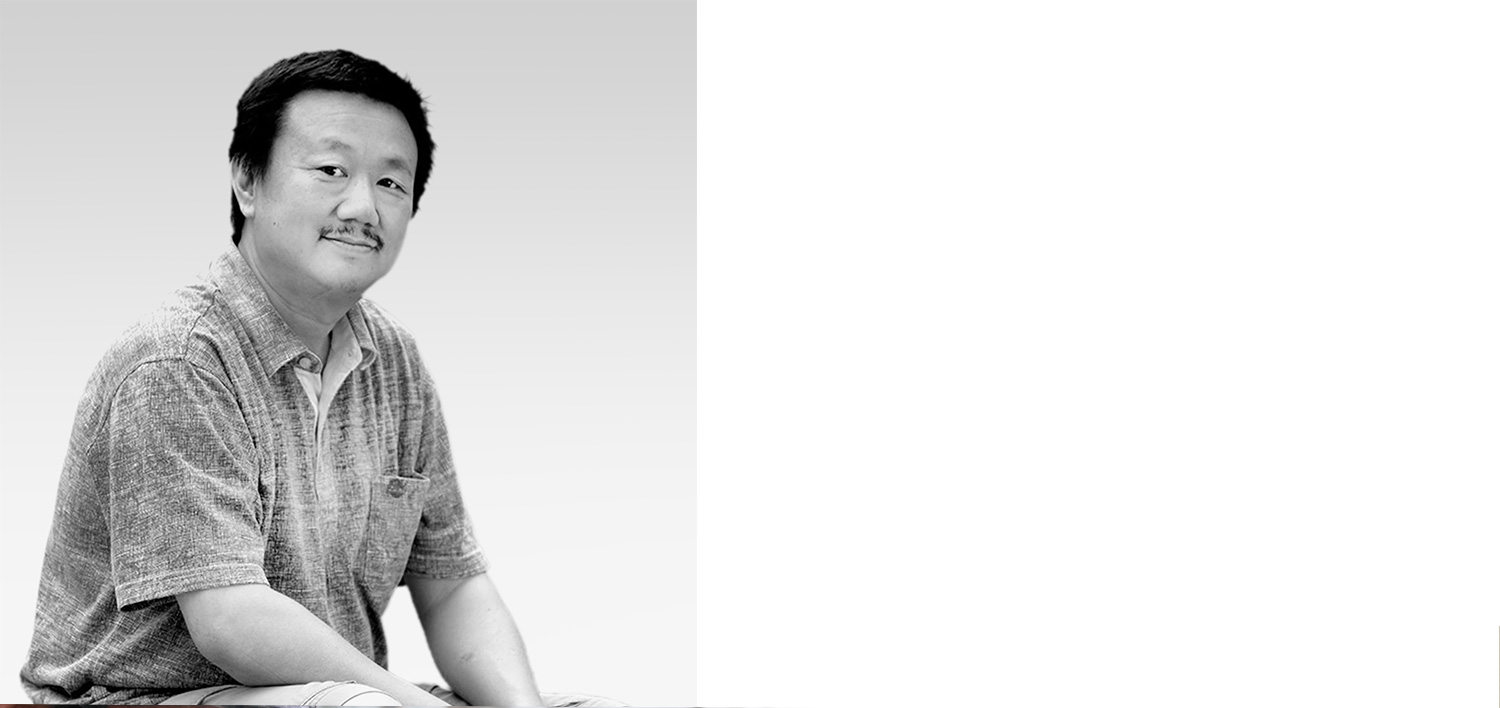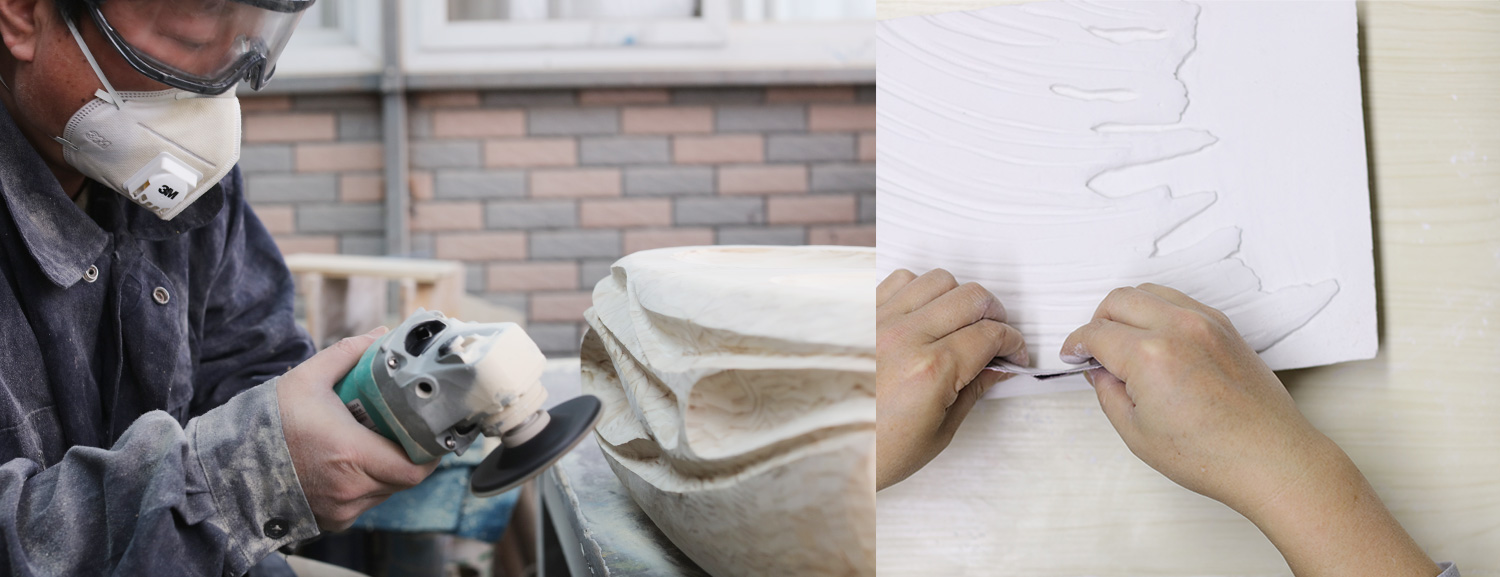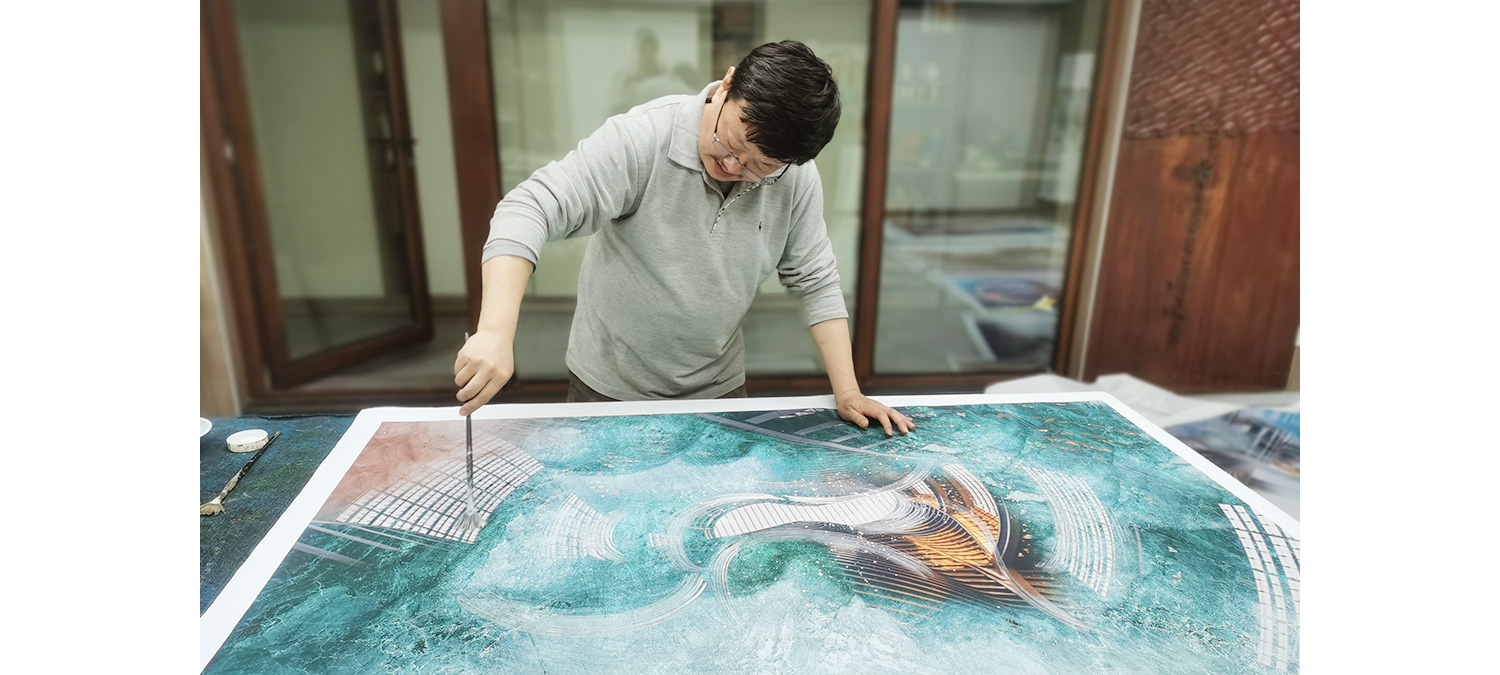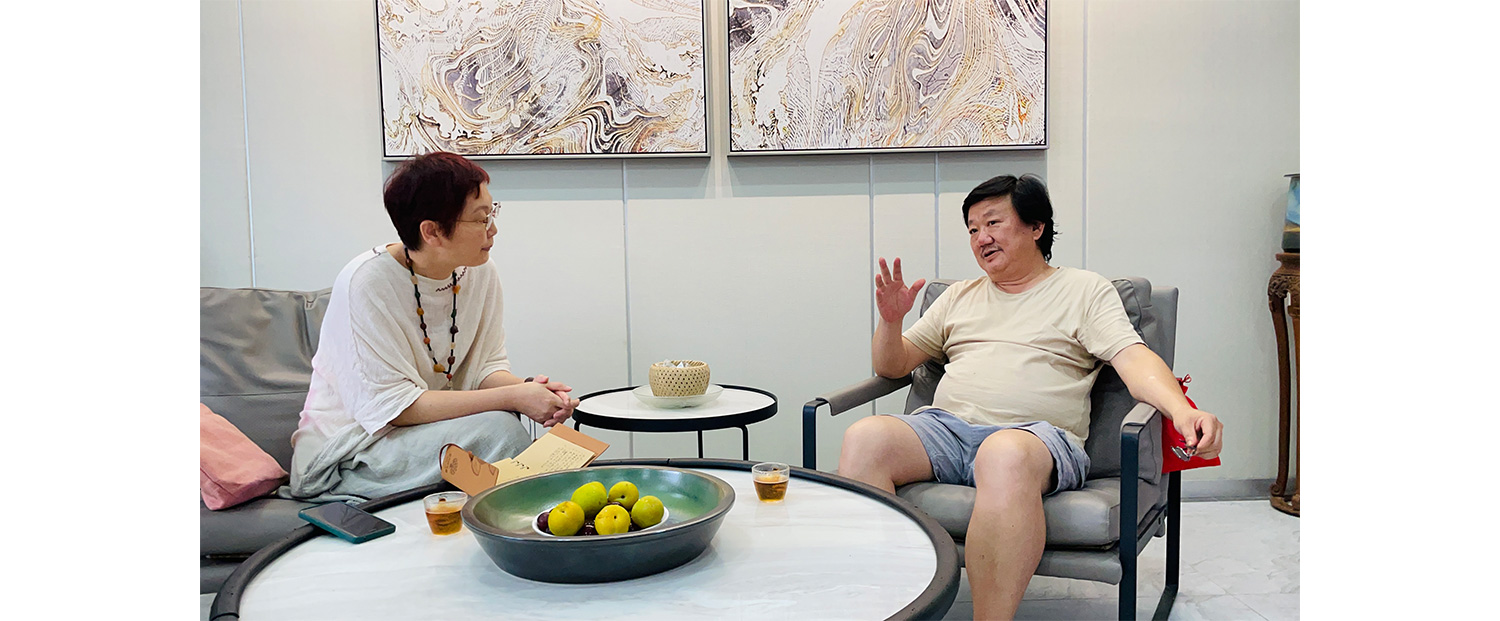ADDRESS:ZHENGYIN ART CO.,LTD, NO.65 HEDAOFU, WANGFU GARDEN, BEI7JIA TOWN,CHANGPING DISTRICT, BEIJING 102209, CHINA
PHONE:+86 135 2008 0524 (CHINESE)
+86 180 6000 1666(ENGLISH)
EMAIL:xixi@zhengyinart.com

Special Sources of Inspiration
In Xiao Wei’s eyes, the more complete a master’s work is, the less useful it can be to him. He may admire it and acknowledge its greatness, but because it’s so complete, there’s no room for him to draw inspiration. Instead, he finds that student works or pieces by lesser-known artists are often more lively and unfinished, almost like half-finished products. These works inspire him to refine and complete them. Additionally, Xiao Wei’s creative process often involves collaboration with top international designers, who bring him new ideas. Their design requirements present him with modern challenges while exposing him to the latest global trends, which has been highly beneficial to him.

Art That Addicts Him
For many years, Xiao Wei has consistently produced art because he finds all forms of artistic creation addictive.
When he was younger, even writing slogans was something he could get addicted to. He recalls a time when slogans were hand-painted with large brushes, and each event might require him to write hundreds of them. He would switch between ten or twenty different fonts, from imitation Song to bold black, and other styles. Back then, he was so fast that he could complete over a hundred slogans in a day, and he thoroughly enjoyed it.
For decades, Xiao Wei has been immersed in the joy of art. During his early years of learning to paint, the structured and disciplined approach sometimes led to periods of frustration. However, once he began treating art as a daily job, the frustration disappeared, and he started to truly enjoy the process. In his view, art doesn’t require much inspiration. He jokes with us, saying that as long as you “mess up” enough things, good works are bound to emerge.

The Moderation Between Commerce and Art
When Xiao Wei first encountered the commercial world, he was quite radical. If he saw that the client had no understanding of art and couldn’t be persuaded, he would simply walk away from the project. But over time, he realized that there are solutions to such situations. He found that by understanding things more deeply, both parties could ultimately reach a common ground.
There is undoubtedly a conflict between pure creative freedom and commercial art, and this is a major source of internal struggle for many artists. However, Xiao Wei notes that Chinese art traditionally embodies moderation, unlike the pure self-expression or expressionism often seen in Western art. Even the most reclusive Chinese scholars often produced works that were subtle, semi-abstract, or reflected a state of moderation. He believes that this moderate form of expression, when handled well, can fully meet modern needs. Additionally, he argues that truly great works should be appreciated by both the refined and the common, rather than being understood only by a select few. This is also a measure of an artist’s skill.
Commercial works are undoubtedly influenced by many factors, such as the style of the space, the attributes of the company, and its culture—all of which impose certain constraints on the creation. However, times are progressing, and the public’s understanding of art is constantly improving. Developers are also advancing, which has provided much more space for artistic creation compared to thirty years ago.
In this era, art has become a necessary component of many commercial projects, and the methods and techniques of artistic creation have become more diverse. What was once limited to flat paintings and wall decorations has now evolved into three-dimensional, sculptural, installation-based, and multi-material art that integrates with the entire building and space, even becoming part of the architecture itself. As a result, the demand for original artworks is higher, with some projects involving art design from the very beginning of the architectural planning process.
As an original artist, Xiao Wei always maintains an experimental mindset, enjoying the process of trying new things with every opportunity.

On Great Artists
At the end of the interview, I asked him, “Do you consider yourself a great artist?” He immediately replied, “I definitely am not. In my father’s era, there were great artists. Nowadays, it’s hard to find truly great artists because art has subtly permeated every corner of life. Everyone thinks of themselves as an artist in some way. For example, when you’re designing your own house, you might think of yourself as the artist, with the designer merely assisting you. Many people say that art is dying, but in reality, art has already merged into everyday life.”
So, he’s not a “great artist”; instead, he’s an “art aficionado.”